Years ago, during excavations near the Eneolithic temple complex Dolnoslav at the foot of the Rhodope Mountain, Tsvetana Videva came across ceramic vessels dating to six millennia ago. The artefacts were not only beautiful, but radiated energy and with their smooth sides evoked the desire to caress them. And when she found a pebble with which to give shine to the works of clay, the restorer of pottery vessels realized that a new artistic path was opening before her.
Tsvetana Videva dedicated herself to the plastic material and started to create original objects. Only by touching the clay does she sculpt ceramic sculptures, vessels, medallions – in the very same way our Eneolithic ancestors used to do it, in an era when the potter's wheel did not yet exist.
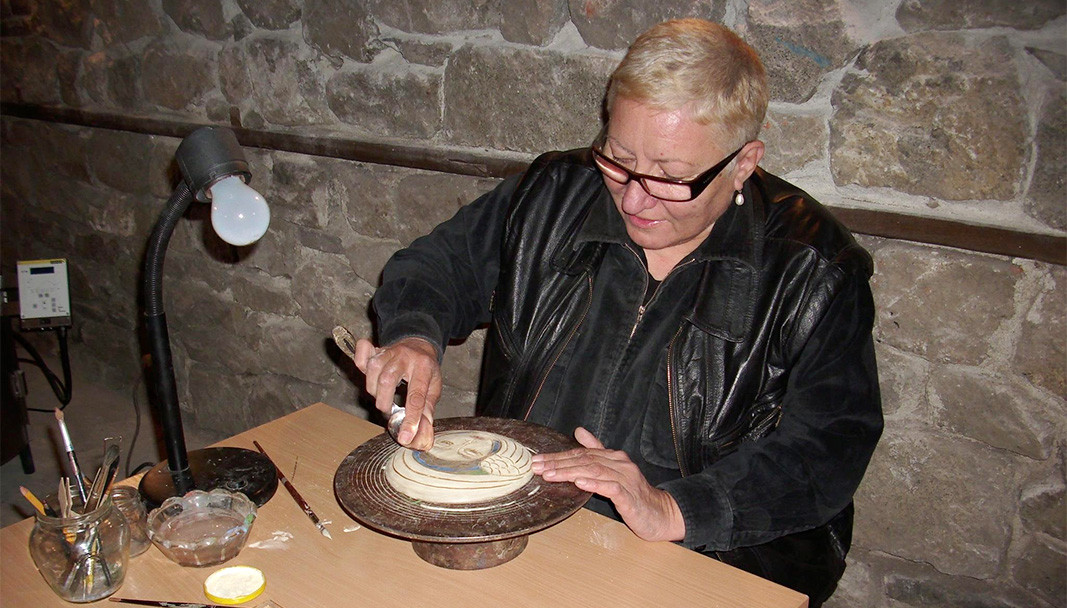
"Gradually I came to this technique on my own, brought in my own ideas, added colours, and invented an engraving tool," explains Tsvetana who learnt the basics of this unconventional form of art at a technical school in decorative ceramics. “For a year I lived in the village of Terziysko, where the pottery craft is well developed, and there I used the opportunity to learn how to grind and process clay. That's how I started – I'm a monumentalist at heart and I made very large vessels but since I'm getting older, I deal with jewelry now. I'm having fun, that's always been my goal."
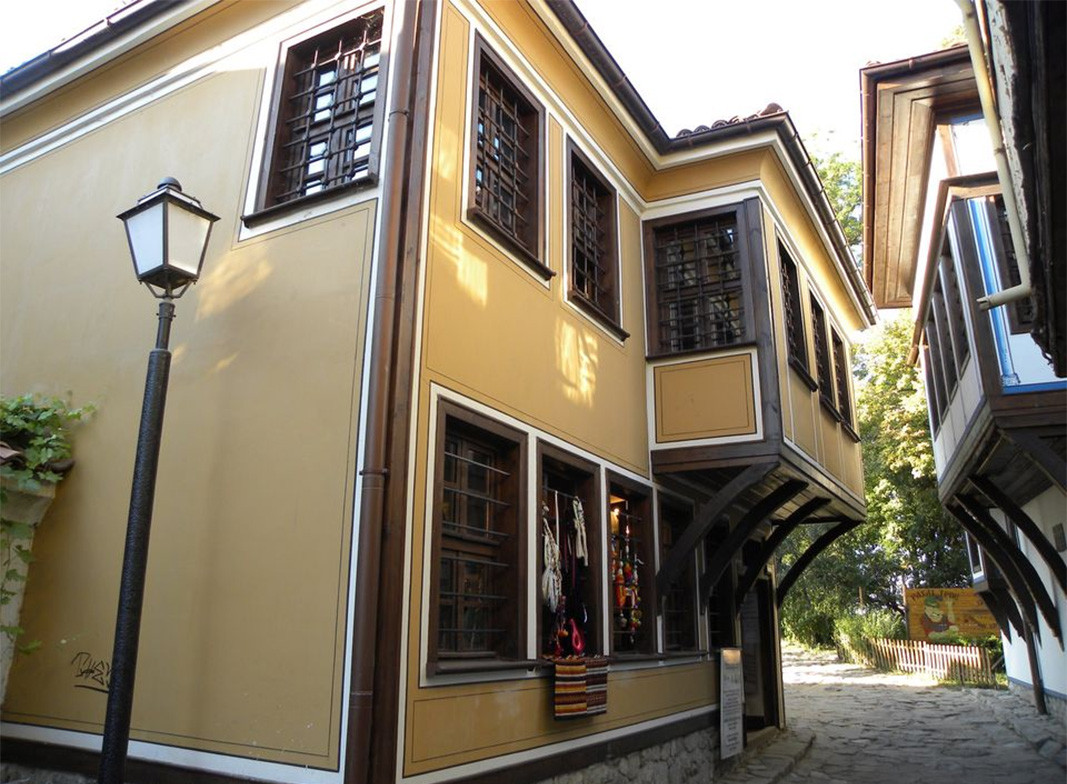
Married to popular Bulgarian jazz guitarist Ognyan Videv, Tsvetana moved to the bohemian circles of Plovdiv and made her studio in the Bakalova House in the Old Town. Because of the aristocratic appearance of her home furnished with old-style furniture, her husband called her "The Countess" – a nickname that follows her to this day.
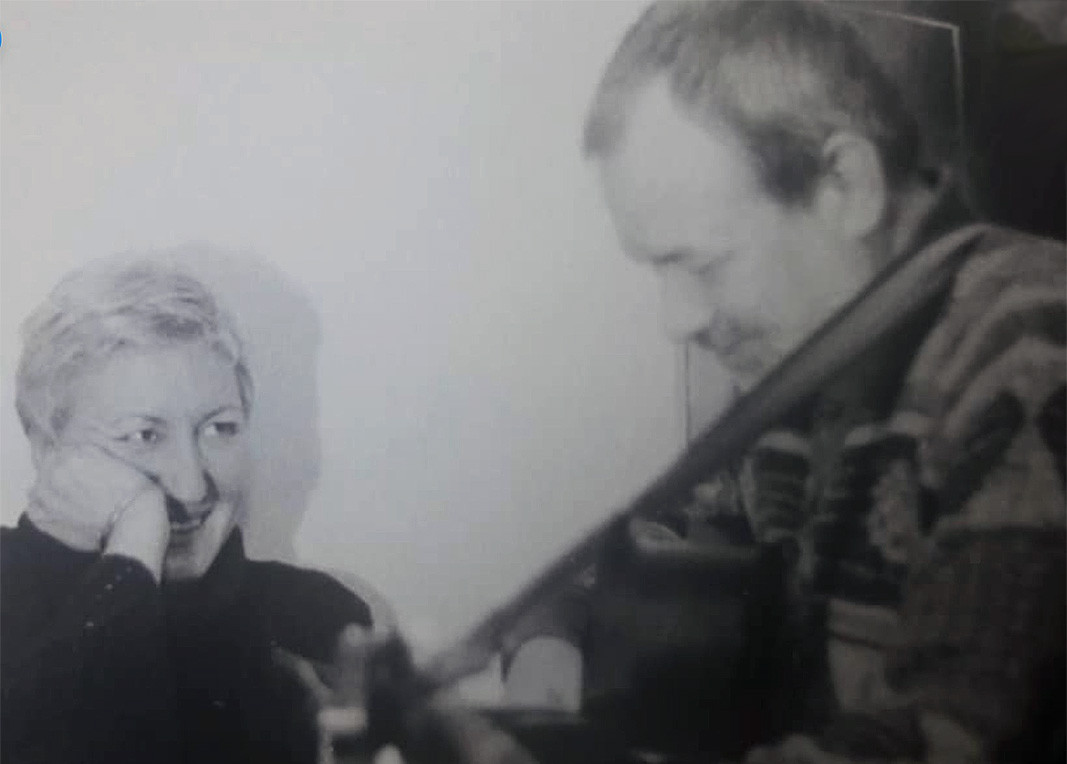
The ceramicist claims that she likes to be different, that's why she experiments with shapes and compositions. Like the Eneolithic man, Tsvetana Videva weaves flowers and birds, human faces and naked female bodies on the exquisite ceramic vessels, even resembling the movement of water. She entitled her favorite work "The Three Bulgarian women”.
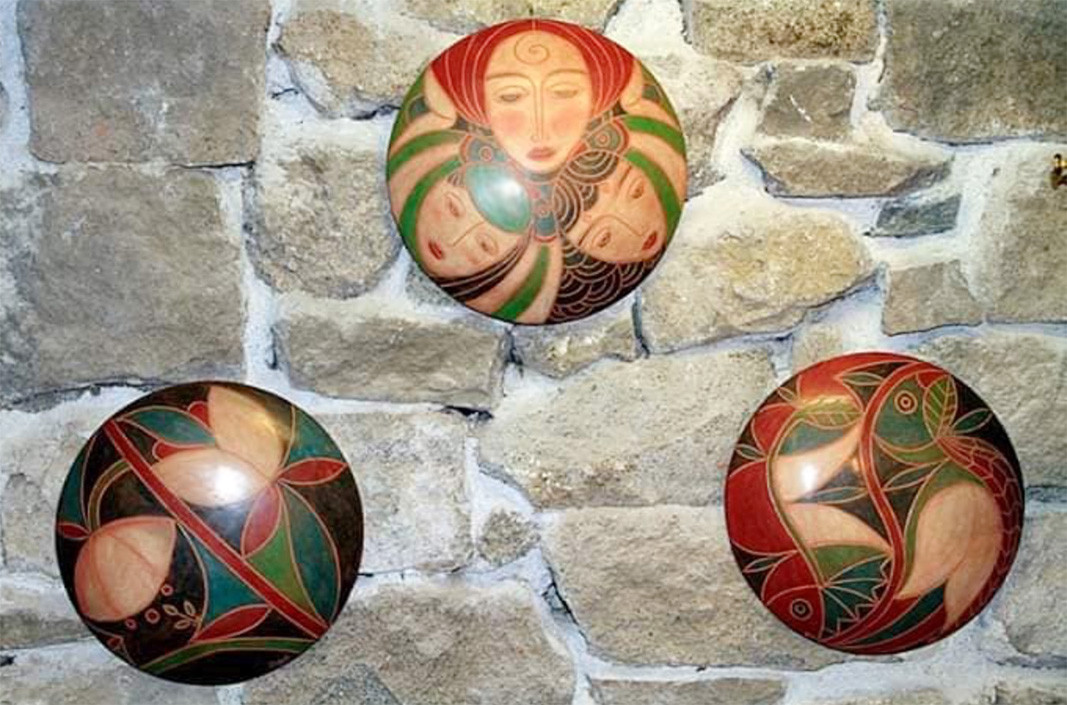
"It is professionalism to show the possibilities of a certain material," says the Countess. "And my material is clay. Some of the things I smoke, others I take out with pliers from the oven and while they are still warm I sprinkle them with corn flour, which starts burning and very good effects are obtained. I also put chicken feathers, they melt and become printed on the surface of the medallion.”
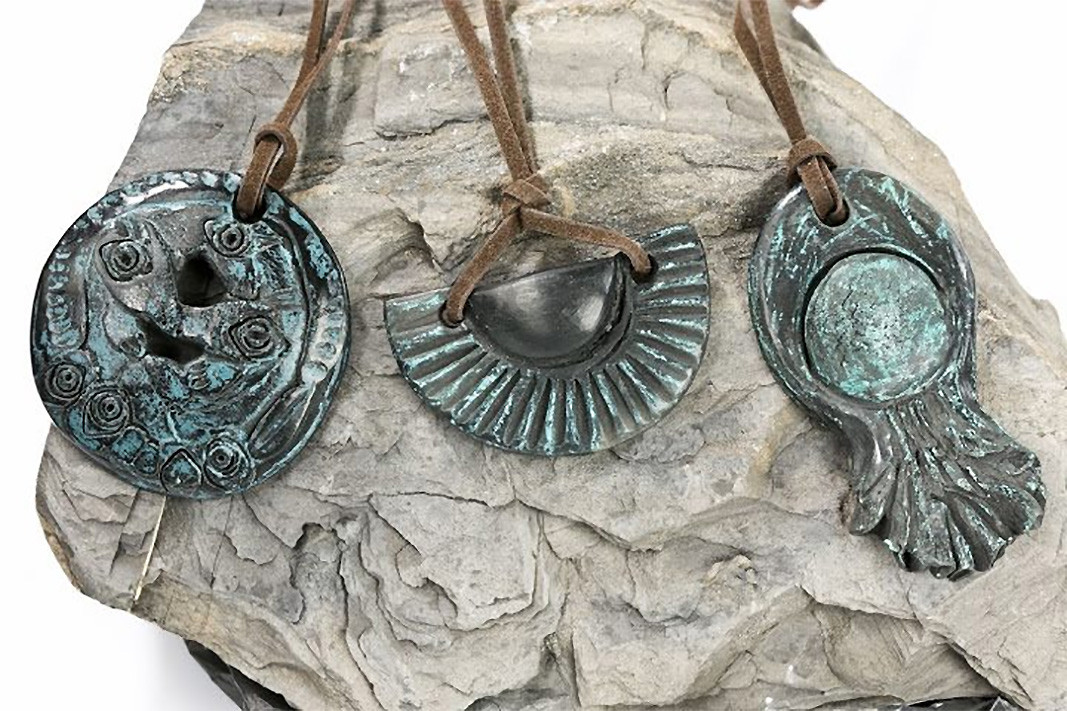
Perhaps the most fascinating period in Tsvetana's work is related to love. Her ceramic creations show the kiss, the touch, the embrace and especially those two faces of a man and a woman, intertwined in a spherical shape, invariably connected with the guitar - the instrument of her beloved.
"Love is the feeling I feel while working," says Tsvetana Videva.
The master of ceramics likes to invite passers-by to the doors of her atelier. And as if with a time machine, she immerses them in an ancient world for a few minutes before taking the cobbled road to the Old Town again.
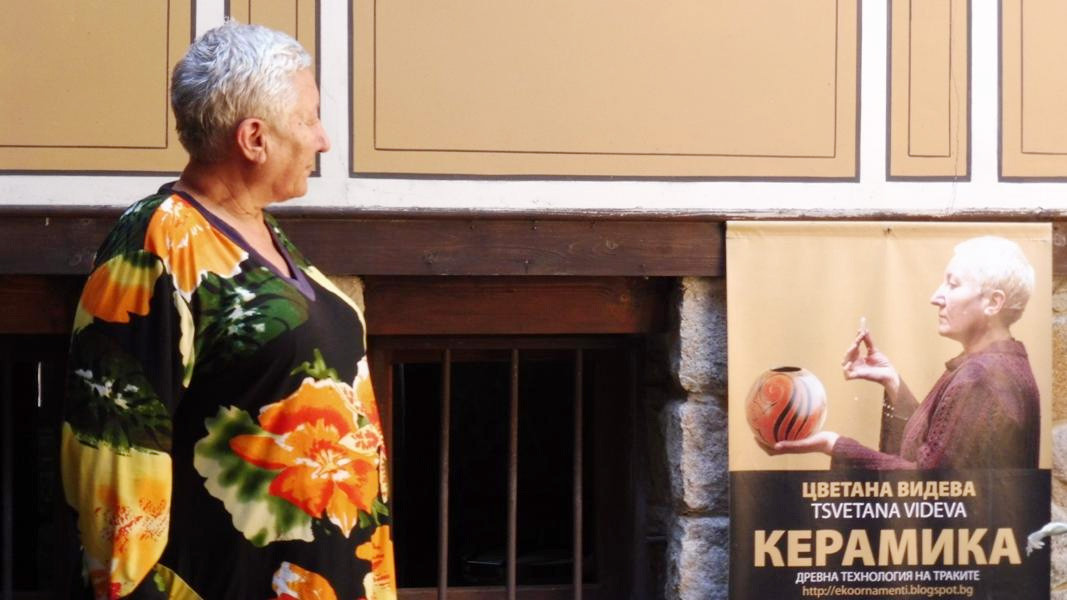
Written by Diana Tsankova
Photos: Vladimir Vladimirov and Tsvetana Videva – private libraryIt is 116 years today since 22 September in 1908 when Bulgaria proclaimed its independence, taking its due place alongside the other free and independent countries of Europe at the time. Though unlike the unification, the proclamation of Bulgaria’s..
The Bolhrad region of Ukraine is considered the heart of the Bessarabian Bulgarian community, home to the largest and most concentrated population of ethnic Bulgarians outside of Bulgaria. More than 200 years ago, Bulgarian emigrants fled the Ottoman..
She is a professional storyteller, telling stories from all over the world, but most of all tales from Bulgaria. But she is also a poet, a photographer and a tour guide, telling people stories while she shows them around. Meet Nana Tomova. She was..

+359 2 9336 661
